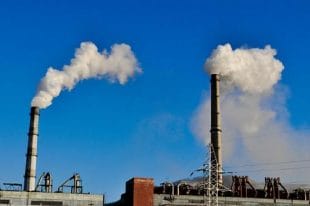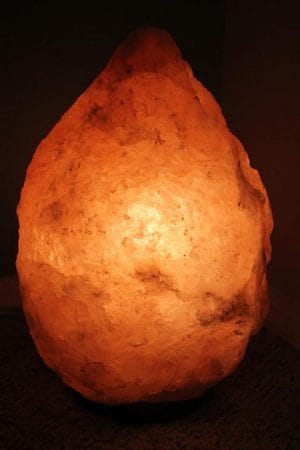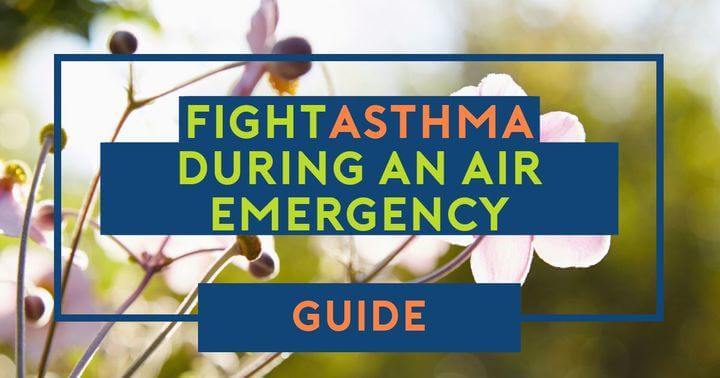I Just Received Notice of an Air Quality Advisory in My Area. Now What?
During the blazing days of summer, local television and radio commentators will often announce a local Air Quality Advisory, cautioning people to remain indoors if possible as the air is dangerously polluted.

Do you know what causes an air quality alert, and what it means for you and your family?
An Air Quality Advisory is a warning that air pollution levels are high. Several things contribute to air pollution such as carbon monoxide, sulfur dioxide, nitrogen dioxide, and lead, but the two most significant threats to public health are:
- Tropospheric Ozone – Often called ground-level ozone, pollutants such as car mixing with oxygen create this effect. The most dangerous levels occur during the afternoon and early evening on hot summer days. This type of air pollution can trigger asthma attacks decreasing lung function and make it difficult for you to breathe.
- Particle Matter – forms year-round and consists of dust, smoke, soot, and ash. It is often caused by burning fossil fuels and is most common on hot, humid days. Limit your time outdoors as the particulate matter in the air can make you cough or feel sick.
The Air Quality Index
There are also different air quality alert codes. The Air Quality Index (AQI) reports daily air quality. The index advises you of how polluted the air is and the health effects that might concern you. The Environmental Protection Agency (EPA) established national air quality standards and calculates the AQI for the air pollutants regulated by the Clean Air Act.
The EPA uses a color-coded system, assigning a different color to each AQI category. Color-coding makes it easier for the public to visualize when air pollution has reached unhealthy levels, and what the effects might be when you reach a certain color level.
They are:
- Green –air pollution poses no risk.
- Yellow – air pollution is moderate and may affect those with sensitivities to a particular pollutant.
- Orange – the air is unhealthy for sensitive groups such as those living with asthma or the elderly and young children.
- Red – is unhealthy for everyone. The general population would experience some health effects, and sensitive groups would suffer severe consequences.
- Purple and Maroon – is rare, but also extremely dangerous for the entire population.
So, What Should You Do When an Air Advisory Occurs?

If you hear an air advisory, reduce exposure by staying indoors with the windows tightly shut.
If you do venture outside, limit your time outdoors, and restrict strenuous activities. Keep windows in your car closed to avoid exposure to pollutants. Consider wearing a face mask, especially if you are doing yard work or other activities where you are exposed to additional allergens.
If you have asthma, always keep your rescue inhaler with you and take any preventative medicines prescribed by your physician.
Stay hydrated and breathe properly. Breathe through your nose, because it is the nose’s job to filter the air. You bypass this filtration system when you breathe through your mouth.

Invest in an air purifier. Even indoors, although the air may look clean, it can be saturated with microbes and dust particles. These microscopic air particles enter your lungs and throat, aggravating respiratory issues like asthma and COPD.
Air quality varies around the United States. Ozone, for instance, can pose a significant problem for those living with asthma and is more prevalent in urban areas. Visit airnow.gov, a website developed by federal, state and local agencies to monitor air quality. You can also download their app. The EPA also has a feature on its website called My Environment, which provides you with an air-quality forecast for your zip code.
What Can You Do to Keep the Air Cleaner?
There are lots of things you can to that will help reduce air pollution and keep the air we breathe cleaner, not only on an Air Advisory Day but every day!
- Set the thermostat higher in the summer and lower in the winter to conserve energy.
- Turn off the car when stopped. Idling a vehicle creates more pollution and uses more gas.
- Turn off appliances you aren’t using. Saving energy means power plants will emit less pollution because they don’t have to produce as much electricity.
- Plant trees and other vegetation because they keep the air clean through photosynthesis.
- Combine errands in one trip, rather than several, so you have fewer cold starts with your vehicle.
- Avoid using aerosol cans because they may contain volatile organic compounds which are an air pollutant.
- Purchase energy efficient bulbs and appliances by looking for the Energy Star label.
- Carpool, walk or bike whenever possible.
- Always purchase green whenever possible. Buy environmentally-safe paints and cleaning products.


